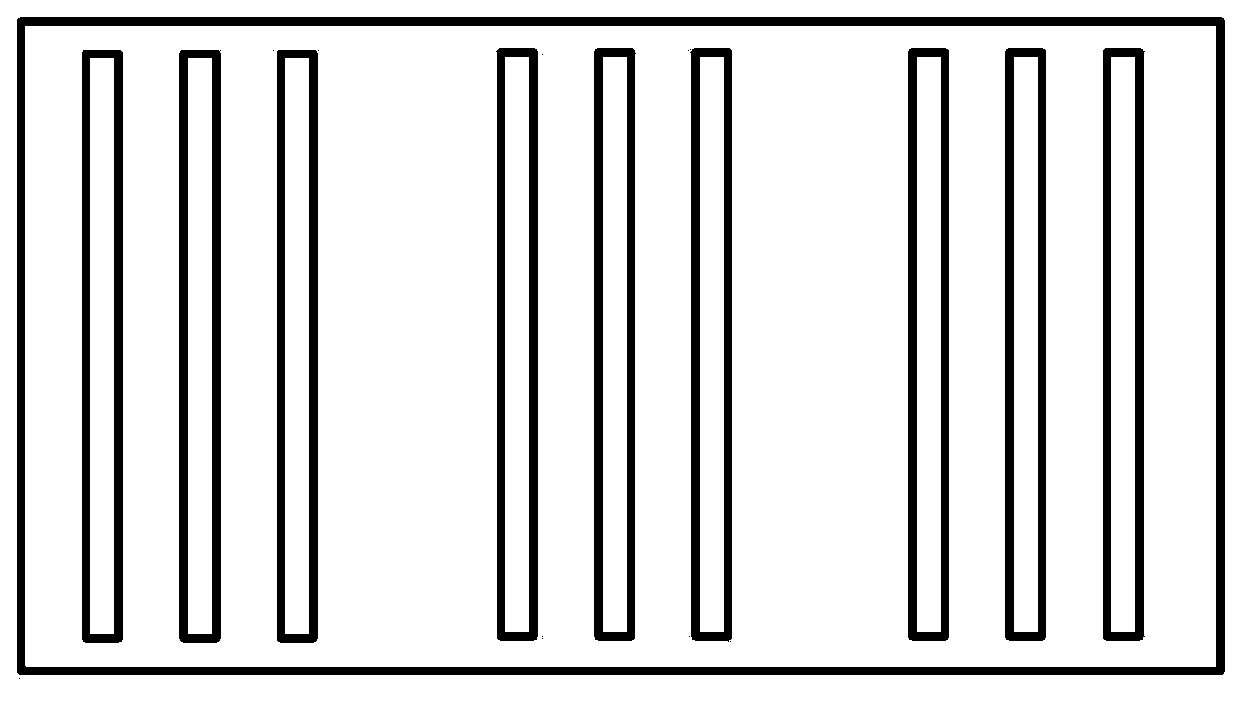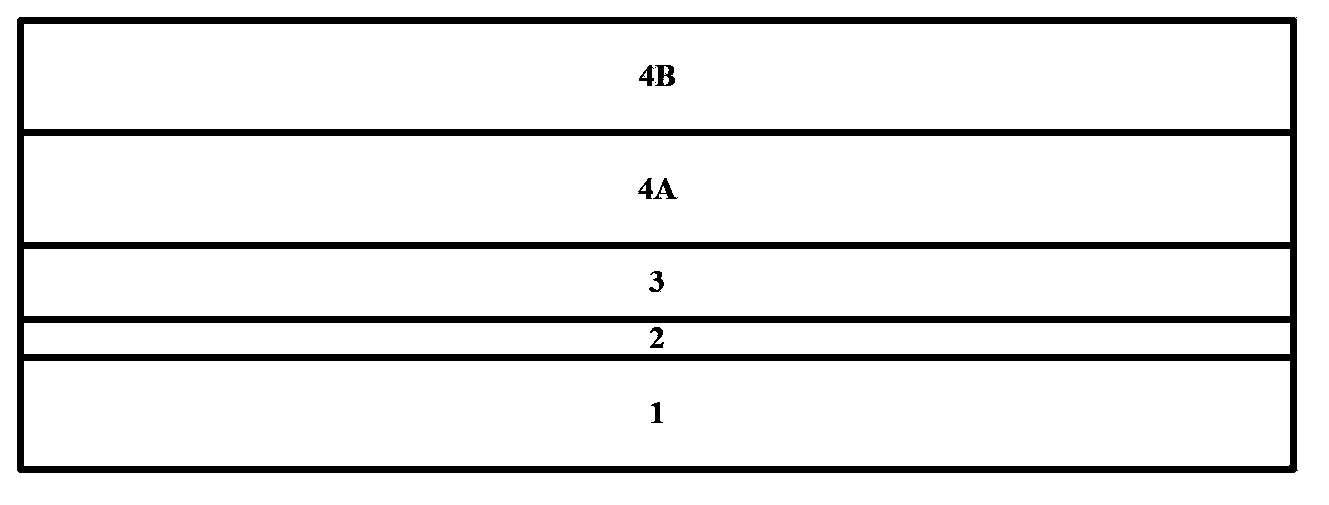Method for reducing roughness of photoresist during electron beam lithography
A technology of electron beam lithography and roughness, which is applied in microlithography exposure equipment, originals for photomechanical processing, optics, etc., can solve the problems of unable to make lines, not high enough, loss, etc., to reduce roughness , Improve stability and reduce the effect of fluctuation changes
- Summary
- Abstract
- Description
- Claims
- Application Information
AI Technical Summary
Problems solved by technology
Method used
Image
Examples
Embodiment Construction
[0021] The features and technical effects of the technical solution of the present invention will be described in detail below with reference to the accompanying drawings and in combination with exemplary embodiments. It should be pointed out that similar reference numerals represent similar structures, and the terms "first", "second", "upper", "lower", "thick", "thin" and the like used in this application can be used for Modify various device structures. These modifications do not imply a spatial, sequential or hierarchical relationship of the modified device structures unless specifically stated.
[0022] Reference attached figure 1 , is a schematic top view of a small-linewidth pattern prepared by electron beam technology. Wherein, a plurality of parallel rectangular lines in the illustration represent patterns that need to be exposed by electron beams, and lines with pattern sizes smaller than nodes below 22nm can be prepared. The lines are, for example, lines of variou...
PUM
 Login to View More
Login to View More Abstract
Description
Claims
Application Information
 Login to View More
Login to View More - R&D
- Intellectual Property
- Life Sciences
- Materials
- Tech Scout
- Unparalleled Data Quality
- Higher Quality Content
- 60% Fewer Hallucinations
Browse by: Latest US Patents, China's latest patents, Technical Efficacy Thesaurus, Application Domain, Technology Topic, Popular Technical Reports.
© 2025 PatSnap. All rights reserved.Legal|Privacy policy|Modern Slavery Act Transparency Statement|Sitemap|About US| Contact US: help@patsnap.com



